

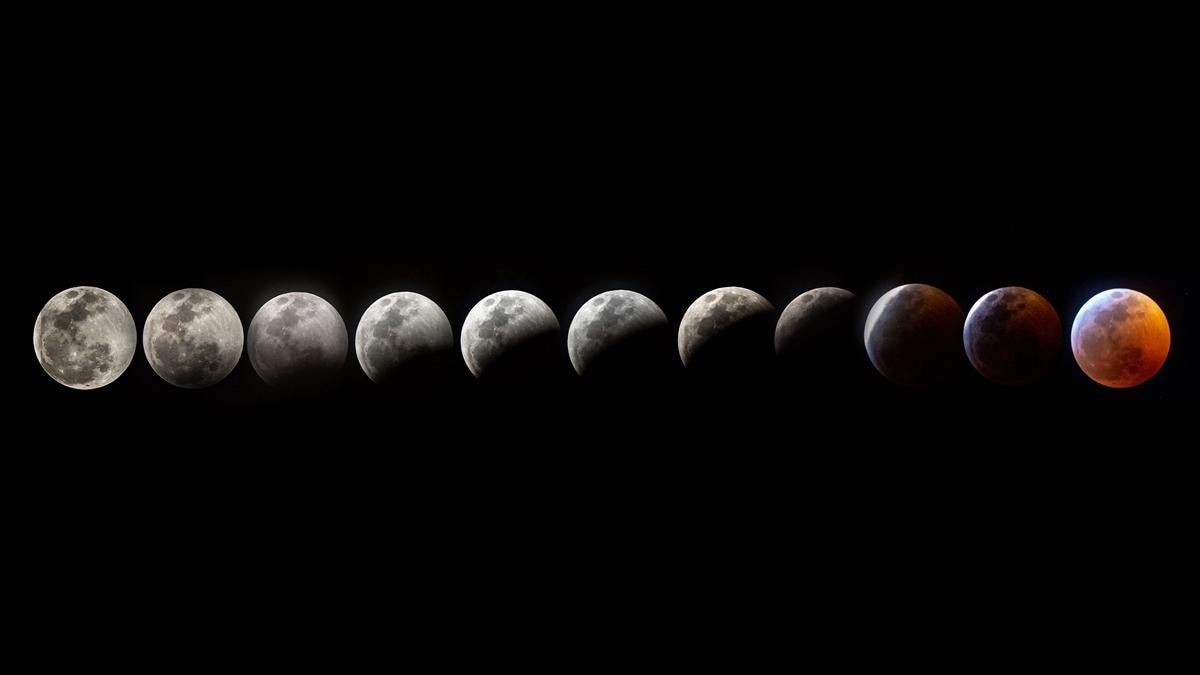
Skywatchers in India can witness the Saturn Lunar Eclipse tonight, a rare phenomenon that appears once every 18 years. The event, also known as Shani Chandra Grahan, will allow viewers to see the Moon pass in front of Saturn as a ring. This eclipse holds both scientific and cultural significance, with Hindu traditions believing it can affect different zodiac signs. Don't miss out on the breathtaking Saturn Lunar Eclipse happening tonight!
Saturn Lunar Eclipse: A Rare and Spectacular Celestial Phenomena
A celestial spectacle is set to unfold tonight, as skywatchers in India witness the rare Saturn Lunar Eclipse. This captivating event, also known as Shani Chandra Grahan, occurs when the Moon passes in front of the planet Saturn, creating a mesmerizing ring-like formation.
Background
Lunar eclipses occur when the Earth's shadow falls on the Moon. However, in a Saturn Lunar Eclipse, the Moon also aligns with Saturn, creating a much rarer and visually stunning event. Historically, this eclipse has held both scientific and cultural significance.
Scientific Significance
From an astronomical perspective, Saturn Lunar Eclipses provide valuable insights into the celestial mechanics of our solar system. By observing the eclipse, scientists can gather data on the orbital paths and positions of the Earth, Moon, and Saturn.
Cultural Significance
In many cultures, lunar eclipses have been associated with supernatural occurrences and divine messages. In Hindu traditions, the Saturn Lunar Eclipse is believed to have a profound impact on different zodiac signs, influencing health, relationships, and destiny.
FAQs
1. How often does a Saturn Lunar Eclipse occur?
Saturn Lunar Eclipses are relatively rare, occurring approximately once every 18 years.
2. What time will the eclipse be visible in India?
The Saturn Lunar Eclipse will be visible in India from approximately 6:30 pm to 8:30 pm IST.
3. How can I view the eclipse safely?
It is essential to use a solar filter or eclipse glasses to protect your eyes from harmful solar radiation when viewing the Saturn Lunar Eclipse.
4. What is the difference between a solar and lunar eclipse?
A solar eclipse occurs when the Moon passes between the Earth and the Sun, while a lunar eclipse occurs when Earth passes between the Sun and the Moon.
5. What other significant celestial events are expected this year?
Besides the Saturn Lunar Eclipse, other notable celestial events expected in 2023 include a total solar eclipse in April and a penumbral lunar eclipse in October.
Conclusion
The Saturn Lunar Eclipse is a captivating cosmic event that offers a rare opportunity to witness the beauty and wonder of our universe. By understanding the scientific and cultural significance of this phenomenon, we can appreciate its unique place in human history and its potential to inspire future generations of scientists and stargazers.

The University Grants Commission (UGC) has announced draft guidelines for introducing skill-based courses and micro-credentials in higher education institutions, aligning with the objectives of the National Education Policy 2020. These courses, including emerging fields such as data analytics and AI, aim to enhance students' employability and support economic growth through a qualified workforce. Feedback on the guidelines will be accepted for the next 30 days, giving students and educators a chance to provide their input.
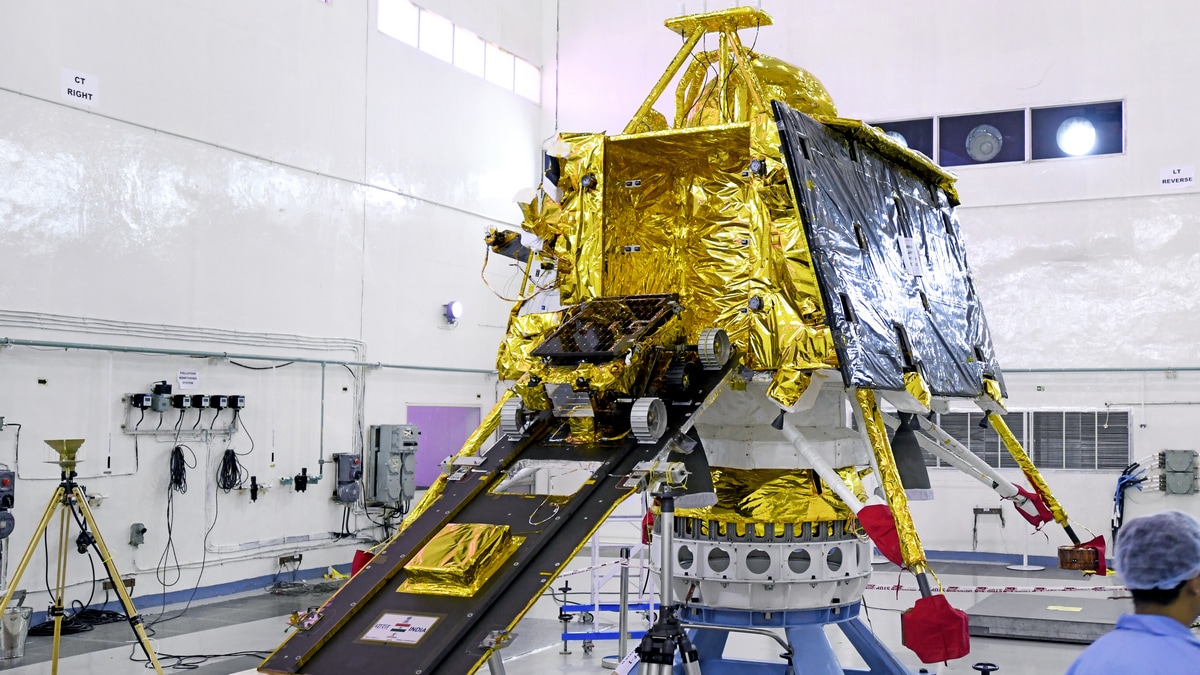
Indian Space Research Organisation (ISRO) has successfully placed two satellites, weighing 220kg, into a circular orbit of 475 km for a crucial space docking technology demonstration. This mission also included the launch of POEM-4 with 24 payloads from startups, industries, and academia. Scientist S Somanath stated that the docking process is expected to take place on January 7, after operations at ISTRAC Bengaluru from December 31. This mission is a major step towards future space missions for India.

The Indian Space Research Organisation (ISRO) launched the PSLV C60 mission on Monday night, marking a historic moment for the country's space exploration. The mission involved the launch of two spacecraft, which will demonstrate India's capabilities in orbital docking- a crucial technology for future human spaceflight and satellite servicing missions. With this achievement, India joins an elite group of countries with this technology, furthering the country's ambitions to send humans to the Moon and establish its own space station.

India's ISRO launched its Polar Satellite Launch Vehicle (PSLV-C50) carrying two spacecraft, Spacecraft A and B, to test key technologies for the future establishment of a space station. This mission is a precursor to ISRO's goal of setting up its own space station by 2035 and will aid in space docking, satellite servicing, and future interplanetary missions. The successful launch marks another milestone for India's growing space program.
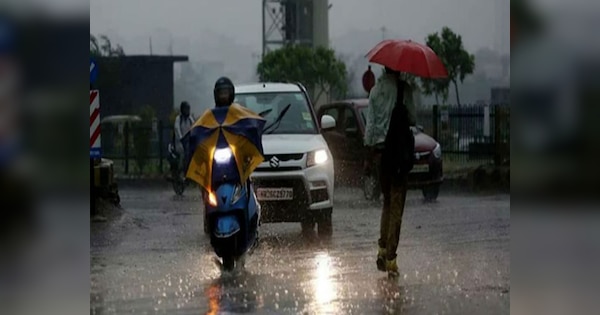
A new western disturbance is expected to affect the state of Rajasthan, bringing in light to moderate rain and hailstorms on Thursday. The India Meteorological Department (IMD) has predicted this system to also bring snowfall in the Himalayan region. North India continues to face severe cold wave conditions, with some states experiencing temperatures as low as -10.6 degrees Celsius. However, some relief may be in sight for Rajasthan with these weather changes.

A team of researchers has developed a groundbreaking algorithm to efficiently transform a given matrix by setting its rows and columns to zero in place. This new algorithm, which has been extensively tested and refined, has the potential to greatly improve the computational efficiency and speed of this common operation in the fields of mathematics and computer science. With this breakthrough, scientists and programmers will have a powerful tool to more effectively manipulate and analyze data in various applications.

Every year on December 22, National Mathematics Day is celebrated to honor the life and achievements of Srinivasa Ramanujan, one of the most influential mathematicians in history. Despite growing up in extreme poverty, his groundbreaking contributions to mathematics continue to inspire researchers today. This day not only celebrates his legacy but also recognizes India's rich history in mathematics and encourages students to explore the world of numbers.
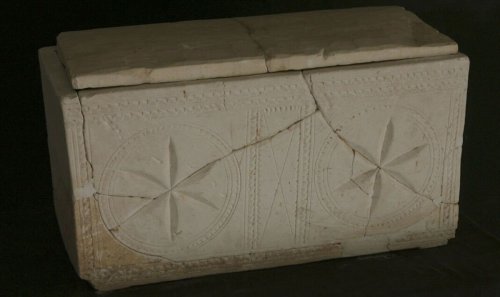
A bone box with the inscription "James, son of Joseph, brother of Jesus" was recently put on display in Atlanta, Georgia. The box is believed to have once held the remains of James the Just, brother of Jesus, making it the oldest physical evidence of Jesus. Despite some controversy and accusations of forgery, the box has been declared authentic by experts.
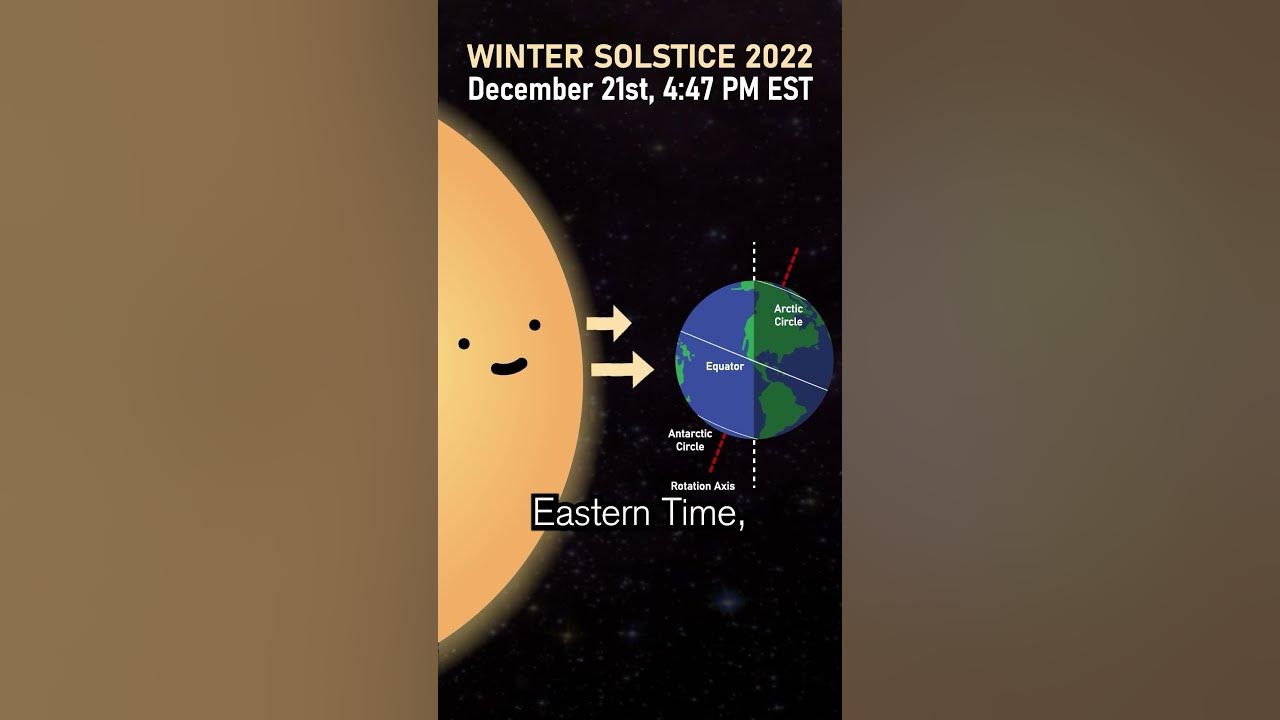
As the winter solstice approaches on December 21st, the Northern Hemisphere will experience the shortest day and longest night of the year. This natural phenomenon has captivated people for centuries, with ancient traditions and festivals taking place around the world. Through science, we can understand why this occurs and how it affects different regions of the world differently.
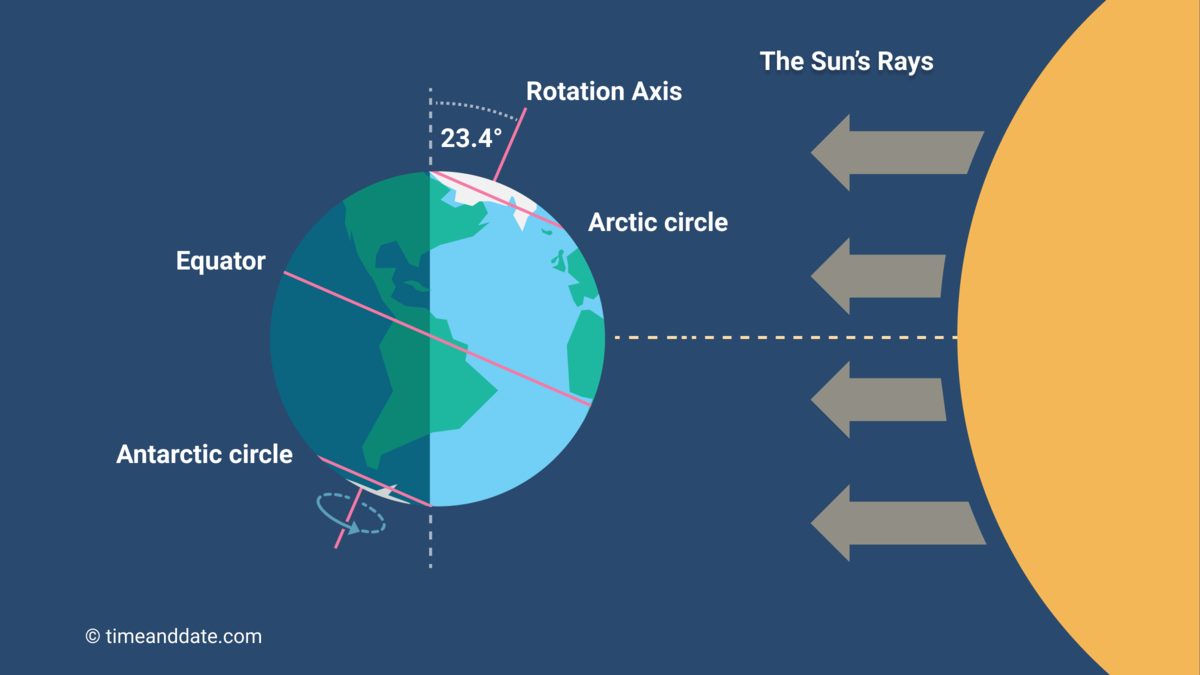
Every year, the Northern Hemisphere experiences the arrival of winter on the winter solstice, which marks the shortest day and longest night due to the Earth's tilt on its axis. As the North Pole is furthest from the sun, it receives the least amount of sunlight, resulting in a gradual lengthening of days towards the arrival of spring. This year, the winter solstice falls on December 21 and will be celebrated by people worldwide in various ways to mark the significant celestial event.